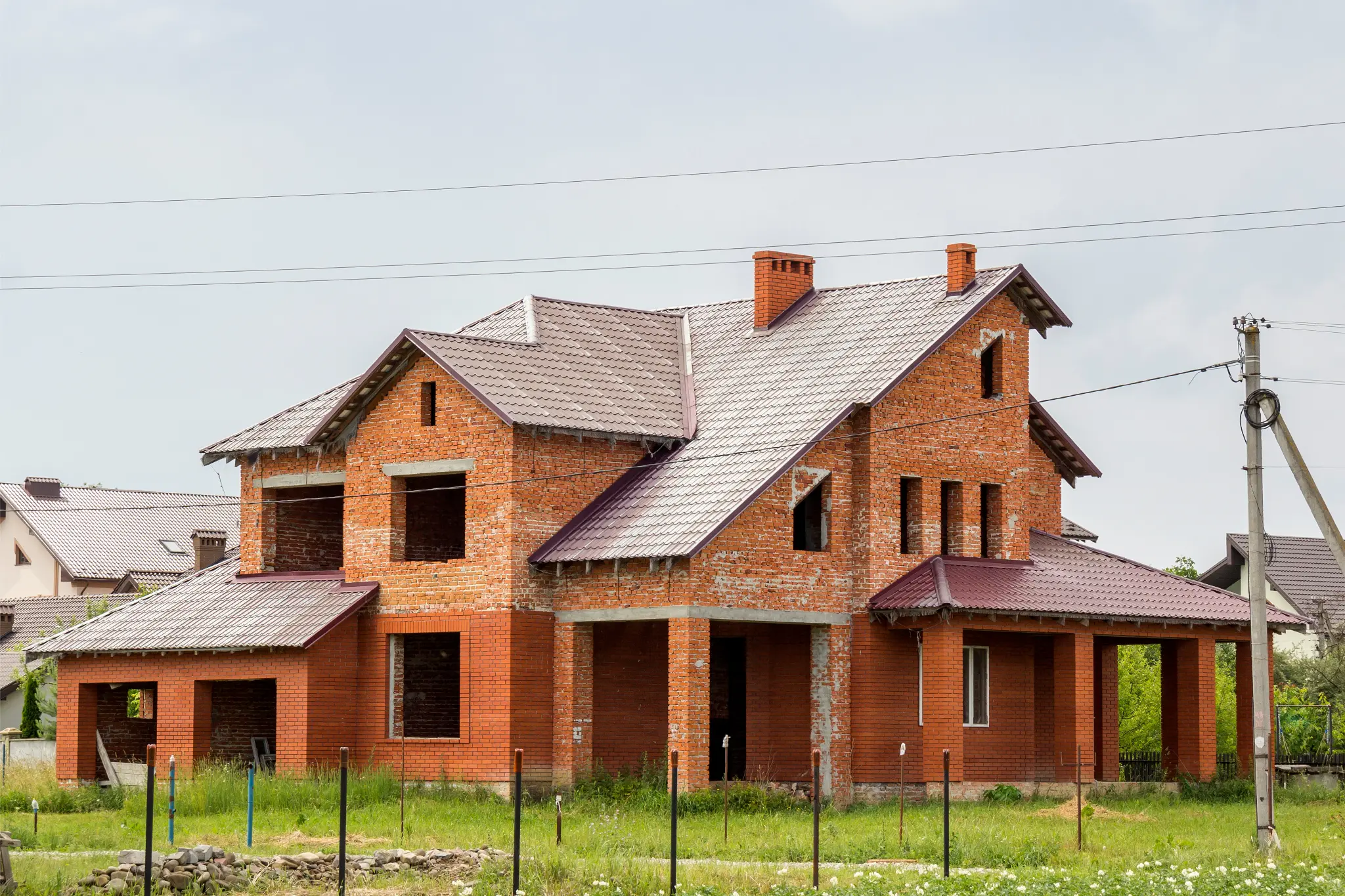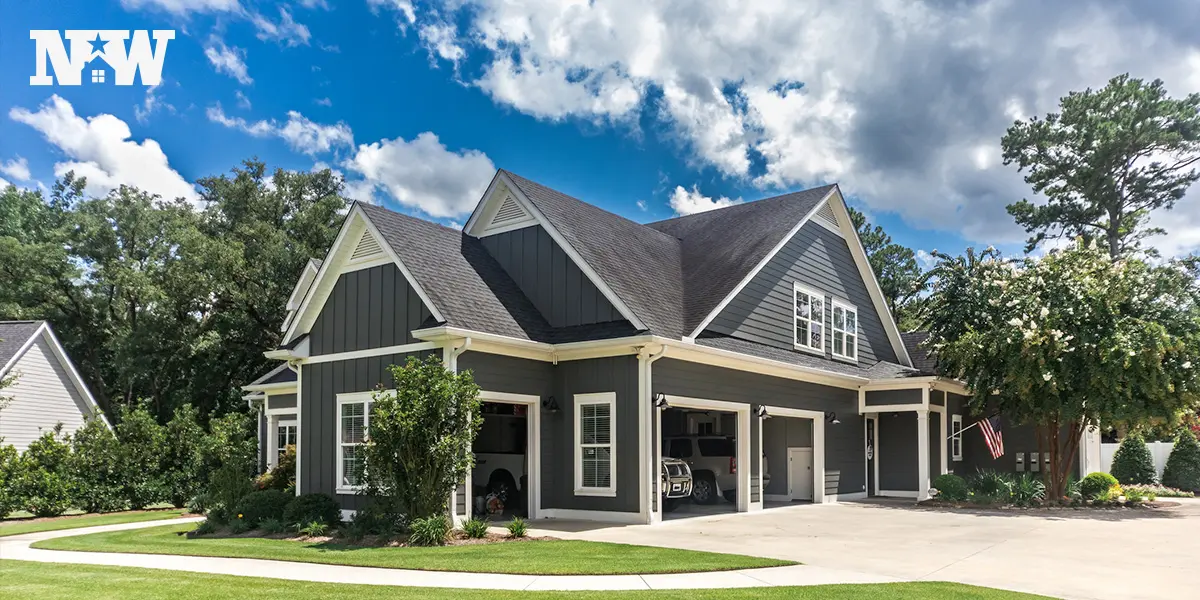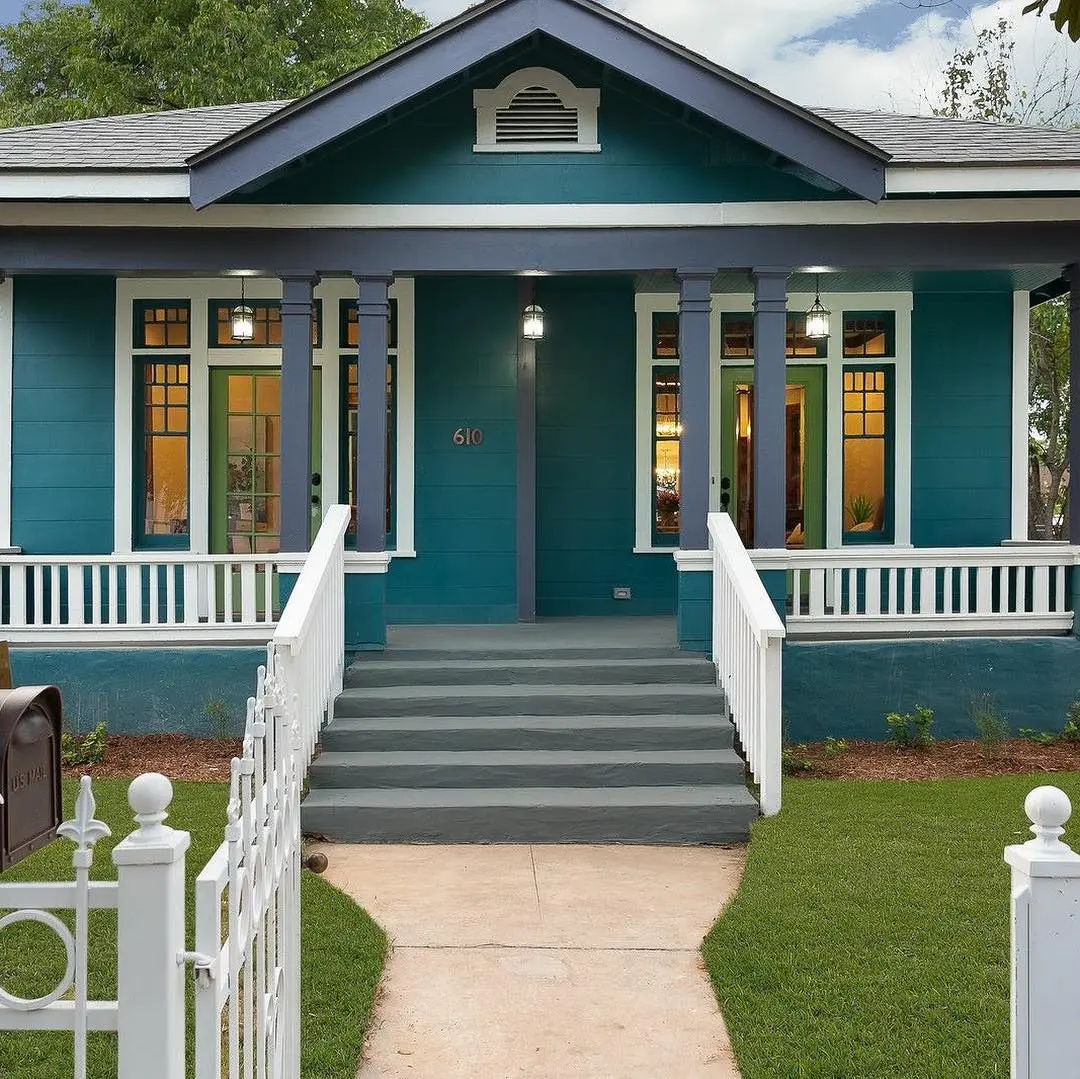Note: If you feel that you’re educated enough on the process of acquiring an abandoned property to fix and flip or rehab and rent, and you’d like to start looking at investment properties in your area, go to our contact page. One of our agents in your local area will help find you the right properties for your real estate investing strategy.
When real estate investors find run-down or abandoned homes for sale that have good potential value, it presents a great investment opportunity. These properties, which are frequently in foreclosure or unclaimed, usually present an affordable option as they are offered for less than their market value. These properties can have various aspect that are run down and need some work, but with the correct strategy, you can find hidden gems that others have passed over, giving you access to investment properties with huge potential for growth in both the equity and rental markets.
Something to keep in mind is that there can be legal issues, possible business risks, and complicated steps in the buying process that go into understanding the intricacies of buying abandoned properties. When looking for homes with the most potential and making sure you follow all the legal rules that come with buying and fixing up a distressed property, due diligence is very important. It is very important to know where to look for these properties, whether it’s on bank lists, at sales, or by talking to the property owner directly.
Some see it as a blank canvas, while others see it as a blank check. Every abandoned or run down home is its own situation that can bring its own surprises, both good and bad. So it’s important consider all the factors we have listed below to make sure you choose the right property for your situation.
Key Takeaways
- Abandoned properties offer below-market investment opportunities.
- Investors must navigate legalities and potential risks.
- Proper due diligence is essential for finding and buying these homes.
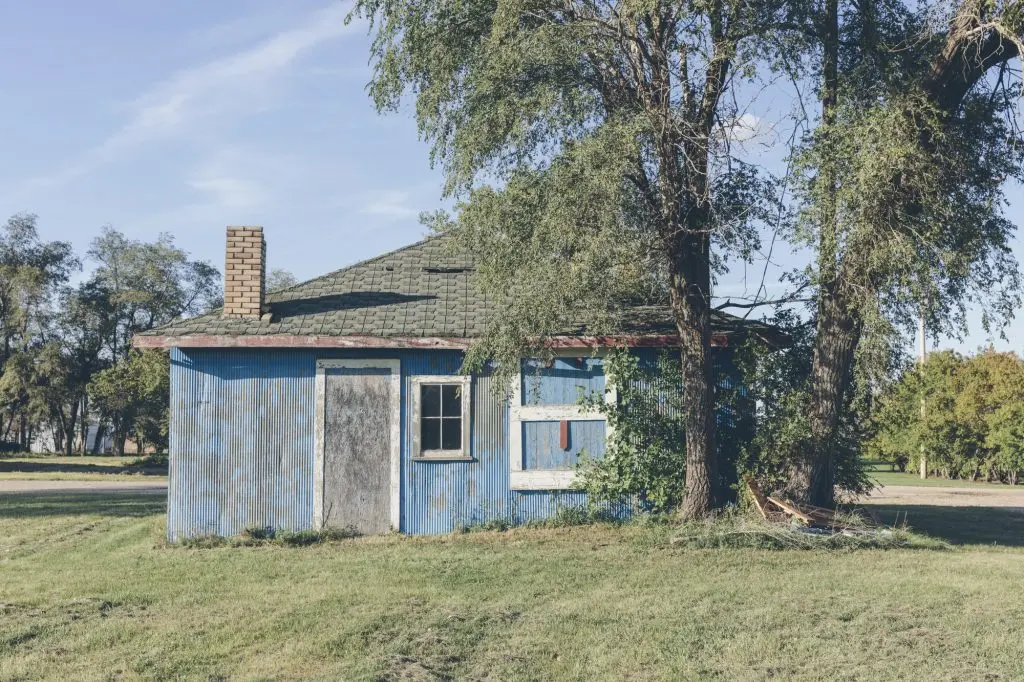
Run-Down and Abandoned Homes for Sale: The Basics
If you’re thinking about investing in real estate, especially with the intention of flipping or remodeling to use as a rental property, it’s important to know what run-down and abandoned homes are and what they mean before you look for one.
What Are Run-Down and Abandoned Homes
A house is considered abandoned and run-down when its previous owner has clearly stopped maintaining it and left it vacant and neglected for a long period of time. As a result of this, it’s possible that neglect could lead to various stages of decay, with the most typical problems being water damage, structural challenges, and aged infrastructure. That being said, buying one of these properties could be an excellent start to a lucrative career as a real estate investor.
Abandoned Properties vs. Vacant Properties
Any property that has been left empty after the property owner has given up all legal claims to it is deemed to be abandoned. When this happens, it could be because of foreclosure, a natural disaster, or the owner’s money problems. A lot of the time, the state or a bank may already own an abandoned building.
A vacant property, on the other hand, is an empty property that is still owned by the original owner. A homeowner may leave their home empty because they haven’t sold it, or a landlord hasn’t kept up with maintenance, resulting in it becoming uninhabitable.
Abandoned and empty homes can both get worse over time; sometimes vacant homes look like abandoned homes, and sometimes abandoned homes look like vacant homes.
Common Reasons for Neglected and Vacant Properties
There are a multitude of reasons why homeowners would leave their properties. Here are some of the most common reasons why:
- Economic hardship
- Legal complications
- Death of the owner
- Foreclosure processes
These houses frequently have overgrown yards, shattered windows, and decaying exteriors, which are obvious indicators of abandonment. If you think a house has been abandoned, you need to do your research to find out what the legal situation is and if it’s a good investment.
Legal Considerations
Before you go out and buy an abandoned house, you should learn about the complicated legal scene that includes possible liens, how to handle a foreclosure, and how to handle a short sale. These things can have a big effect on your investment and the methods you use.
Liens Against the Property
Before you even consider looking at an abandoned house, you should check for liens. Creditors can legally place a lien on the property if the prior owner has outstanding debts. Liens, which are legal claims against a property, can be filed against an abandoned house by various creditors for things like unpaid taxes or utility bills.
Most outstanding liens are public records that can be found at the county or state record office. It is helpful to be aware of liens ahead of time, as they can make the buying process more difficult. Unfortunately, this trouble doesn’t always become clear until after you’ve found a great investment property and are ready to buy it.
Before you buy the property, you have to do a title search, even if you’re buying it outright with cash. When a title is clean, that means there aren’t any debtors laying claim on the property, whereas if there are liens on the property, those liens need to be settled before the deal can go through.
There will be a line in the buyers’ closing costs for title insurance. Title insurance offers protection against ownership claims that the title business might not have been able to uncover for lenders or owners, depending on the type. This includes liens, wills, deeds, and debts that are still due.
Short Sale and Foreclosed Properties
Before you ever consider purchasing a home through a short sale or foreclosure, you should familiarize yourself with the differences between the two.
Foreclosure may have a devastating effect on a person’s credit, so a short sale is a way for sellers to get out of their properties before the process begins. When a homeowner defaults on their mortgage payments, the lender has the right to repossess the property. This process is known as foreclosure.
On the other hand, lenders usually only give the go-ahead for short sales when foreclosure is absolutely necessary due to the complexity of the deals involving several parties. Lenders do, however, stand to gain from short sales. Instead of having to deal with repossession and upkeep until the house sells, lenders can recoup more of their investment in a short sale compared to a foreclosure.
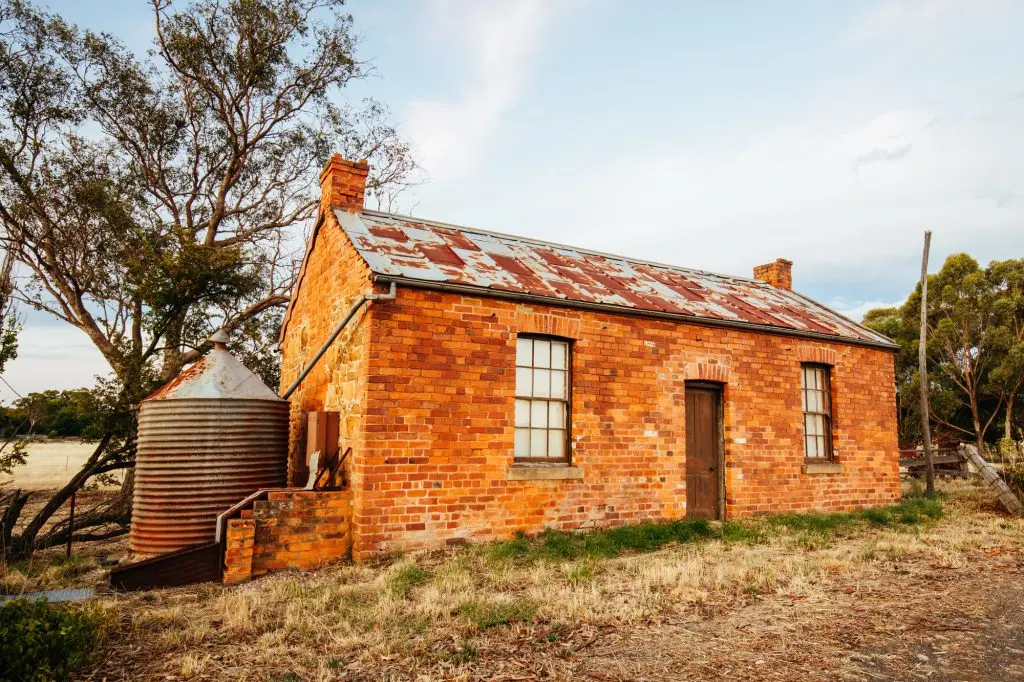
Finding Run-down and Abandoned Homes for Sale
To make the most of the investment opportunities that come with abandoned homes, it’s essential to have a reliable method for finding these hidden gems. Here are some tried and true ways to find vacant properties that you could then fix and flip, or turn into a rental property.
1. Drive Around the Neighborhood
One of the most popular methods for finding homes that have been abandoned is by simply driving around the neighborhood and looking for any potentially vacant properties you might come across. Even if you find out that a house isn’t empty, the current owner may still be having money problems or some other issues that would make selling it quickly seem appealing.
There are a number of tell-tale signs that a property might be abandoned. These include:
- Overgrown landscaping, such as shrubbery, tree limbs, grass, and weeds
- There are more weeds than flowers in the flower beds
- Broken or boarded windows and doors
- The mailbox is full of uncollected mail
- Numerous newspapers piling up in the driveway
- Obvious signs of structural damage
- Notices on the front door
After finding these homes, you’ll need to do some research to confirm whether the property is, indeed, abandoned. Which leads us to the next point…
2. County Clerk’s Office
A trip to the county clerk’s office can bring up information about run-down and abandoned properties because they maintain public records regarding real estate ownership. If you discover the property’s owner didn’t abandon it but left it vacant, you might be able to make them an offer directly. However, if the property truly is abandoned, you can ask the local tax assessor if the property taxes are current. If not, you might be able to buy the property at auction.
You can also ask the tax assessor for a list of properties that haven’t paid their property taxes in a while. This can be an indication that the property has been abandoned. You can also search online for a list of tax deed sales (auctions where a foreclosed home is sold and the proceeds go to the tax collector) near you.
Note: To obtain these records, you will have to pay a fee. How much you pay will depend on the state you’re in. Thanks to the Freedom of Information Act, record keepers can charge a fee for “finding, sorting, and/or copying records.” You can learn more about this on the US Department of the Interior’s Website. Ballotpedia has a chart that lists the fees and the fee breakdown by state, which you can find here.
3. Online Real Estate Listings and Real Estate Agents
If you’re patient and want to read through property descriptions, searching online for available properties is another option for finding abandoned homes. Usually, listings that belong to the government or a bank will make this clear. Additionally, search for terms like “as is,” “immediate possession,” “vacant,” “short sale,” and “foreclosure” in the property description.
Along with searching online, you can reach out to local real estate agents for help locating these properties. A good real estate agent can help you find abandoned or newly foreclosed properties because they have access to information the average Joe does not.
Note: When researching how to buy run-down and abandoned properties, you may come across the term “unclaimed properties.” This does not include real estate; it simply refers to money and assets. You can learn more about unclaimed properties at How to Find Unclaimed Money from the Government.
4. Auctions and Bank-Owned Listings
Consider going to a property auction if you want to cut down on the time it takes to find a house. You can get information about more than one property at the same time with this method. Another perk is that it could help you save a ton of money on an investment property.
If you buy a house at a real estate auction instead of the usual way, you’re sort of going in blind. You’re expected to pay a lot of money for a property that you know very little about. And if the house is empty, you might not have a chance to get a home inspection, so this can be especially risky–you won’t know if the property is a sound investment or a money pit until it’s too late. Buying a fixer upper is one thing, buying a complete money pit is another.
If a property doesn’t sell when it’s on the auction block, the bank will keep the property (REO properties) until they get an offer to purchase them. You can find these properties by going online and searching for REO properties near you, but you can also go directly to the source: the bank. Banks typically have a list of properties they own online, but you can also ask for a list by visiting the local branch or giving them a call.
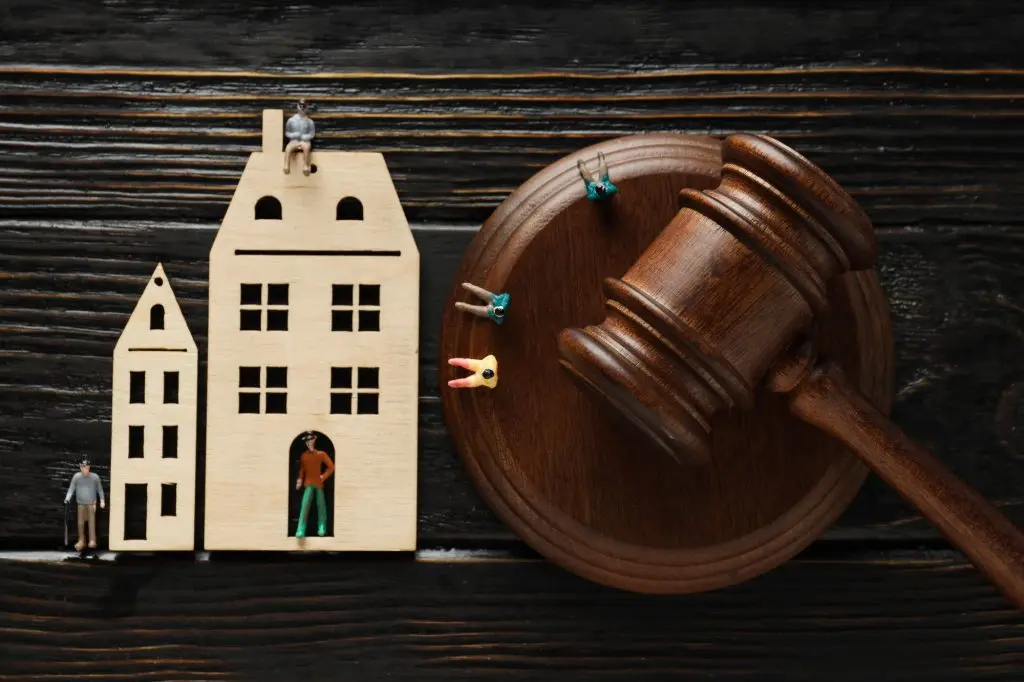
Investment Potential and Risks
Remember that abandoned properties come with their own set of risks and rewards. With some planning, you can turn an abandoned property into an investment that you can sell for a profit or turn into a profitable rental property.
Comparative Market Analysis
Before buying a property, you’ll want to do a thorough comparative market analysis (CMA) to determine a fair market value based on market fluctuations, which can help predict what buyers are willing to pay.
When you’re doing a comparative market analysis, you’re going to be comparing at least 4 or 5 similar properties to help determine the property’s value.
The CMA should include (for each property):
- Property listing status (for sale, under contract, sold)
- Listing price and price per square foot
- Sold price and price per square foot
- Date property was built
- Date property was sold
- Number of days it was on the market
- Square footage and acreage
- Description of home
- # bedrooms
- # bathrooms
- floor plan
- construction type
Comparable Properties
While you may not be able to judge a book by it’s cover, comparing similar houses for sale to the abandoned property you’re interested in can help determine its value. You’ll need to do some local house hunting to find properties in the same price range that are similar to the ones you’re interested in.
Things to consider when looking for comparable properties include:
- Location: You’ll want to look for properties within a 1-mile radius of your potential property. If you’re looking at properties in a rural area, you can extend that radius up to 5 miles.
- Acreage and square footage: Look for properties that have about the same square feet of living space on about the same number of acres of land. The closer these values are, the easier it’ll be to analyze property values.
- Home Features: Naturally, you wouldn’t compare a single story ranch home with an unfinished basement to a 2-story colonial with a garage. It just wouldn’t make sense. But, a home’s features go beyond the floor plan; try to find comparable homes with similar features. For example, if the home you’re looking at has a fireplace and a screened-in porch, likewise, look for properties that are in a similar condition to the property you’re looking at.
- Sale Date: Usually, you’ll want to look at comparable properties that have sold within the past six months, but if it’s a slow market, you can expand your search to properties that’ve sold within the past year. However, the closer you are to the closing dates, the better the comp.
Note: If you happen to find an abandoned historical home with it’s original windows (original stained-glass windows, sash windows, antique light fixtures, old walnut hardwood floors, etc.), they can be used as selling points, especially if that property is the only Victorian residence for miles!
Investment Potential
To know whether you’ve found an abandoned property for sale with good profit potential, you’re going to have to do some math. Namely, you’re going to have to figure out a few things:
- Renovation Costs: Itemize all potential expenses. This includes material, labor, permits, and unforeseen additional costs.
- Holding Costs: Calculate ongoing expenses such as taxes, insurance, and financing costs during the renovation and sale period.
- Profit Margin: Estimate the potential sale price or rental income post-renovation and subtract the total investment to assess profitability.
Most investors use either the 1% rule (some may prefer to use the 2% rule, but they basically perform the same function) when they’re evaluating whether a property is a good investment or not. The rule essentially says that the monthly rent should be at least 1% or 2% of the property’s purchase price. For example, if you buy a property for $200,000, you must earn at least $2,000 from rent.
As you look at the potential properties, use the 1% rule to figure out how much the price is, and then compare it to the average rent in the area. If the average rent is less than 1% of the asking price, you might want to take that property off your list of possible investments.
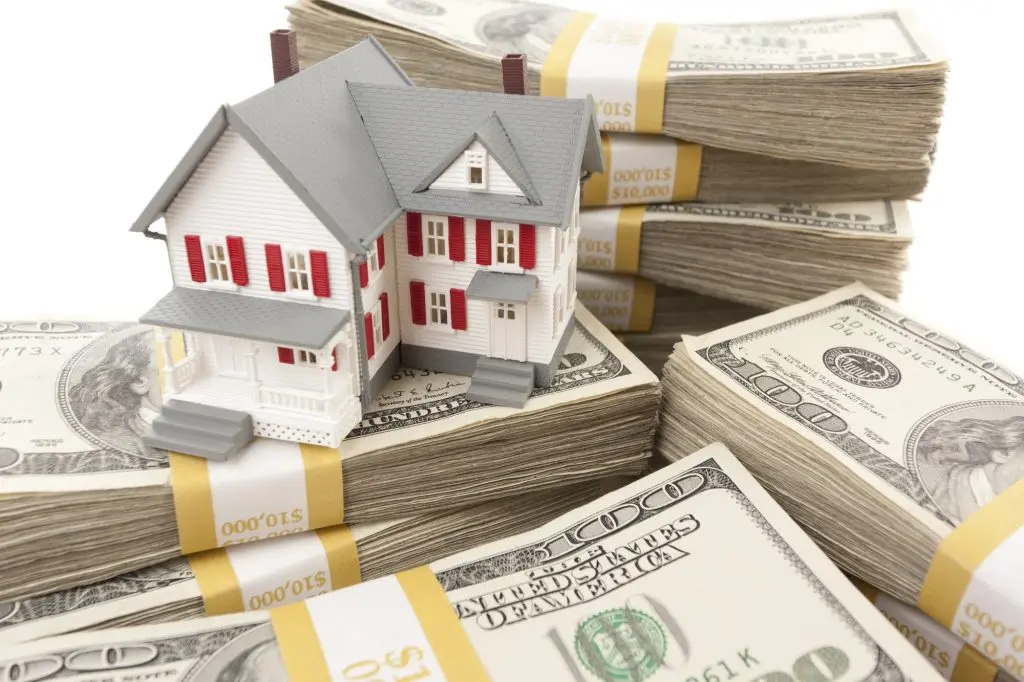
The Process of Buying an Abandoned Property
When buying an abandoned property, there are a few crucial phases that require careful consideration. To make sure you’re making a wise investment, you need to do your research before making any final financial commitments or hiring experts.
Step 1: Hire a Realtor
The first thing you should do is start working with an experienced Realtors who understands the intricacies involved with buying abandoned houses. Not only can they help you find those diamonds in the rough before they’re even put on the market, but they can also help you navigate the complex process of buying said property, as well as prepare you for any unexpected expenses that may rear their ugly heads.
When you work with an agent, they’ll do the grunt work of determining whether a property is abandoned or not, as well as running the CMA. You may also want to consult a real estate attorney because they know the laws and regulations that must be followed. For example, you may have to contend with a long-term squatter invoking adverse possession.
NOLO.com defines this as:
Adverse possession is a means by which one can legally take another’s property without paying for it. The requirements for adversely possessing property vary between states but usually include continuous and open use for a period of five or more years and paying taxes on the property in question.
You can learn more about this topic at: FindLaw: State Adverse Possession Laws
Step 2: Order a Home Inspection and Appraisal
A full home inspection is essential after finding an abandoned property to be able to check to see if the home is structurally sound, whether there are safety risks, and any other potential issues. An appraisal, on the other hand, can help you compare the market value of the property to its asking price. It’s in your best interest to do both of these steps so you can be sure that you aren’t overpaying and to see if the investment is worthwhile.
Note: Remember that if you’re going to buy a property at an auction, you’re buying it in as-is condition. You may not be able to look at the house in person to determine what repairs are necessary before placing a bid.
Step 3: Estimating Repair Cost
It’s important to think about how much work the abandoned house needs before you buy it, because that will have a big effect on your budget and possible profit. There are many types of renovations, from small fixes to complete makeovers. Knowing the scope of the work is important for figuring out the after-repair value and return on investment.
Step 4: Make a Bid
After completing the home inspection and appraisal, you should have a better understanding of the property’s value as well as how extensive the repairs will be. You’ll want to calculate the property’s after-repair value (ARV) because this will help you determine how much you’re willing to offer for the property.
You can use an ARV calculator to help you figure out the ARV, but you can also use this equation if you like doing things with paper and pen:
Property’s Current Value + Value of Renovations = ARV
Example: A property’s current value is $165,000, but it needs $35,000 worth of repairs. The ARV is $200,000.
$165,000 + $35,000 = $200,000
After figuring out the ARV, you’ll want to employ the 70% rule to determine your maximum offer. This rule basically states that you shouldn’t offer more than 70% of the ARV, minus the cost of repairs.
You can use a 70% calculator to help you figure out your maximum offer, or you can use this equation:
(ARV x 70%) – Estimated Cost for Repairs = Maximum Offer Price
Example: A property’s ARV is $200,000, but it needs $35,000 worth of repairs. Your maximum offer should be $105,000.
($200.000 x 70%) – $35,000 = $105,000
If you have to secure financing, these figures can help you get approved for certain loans, such as a hard money loan or a FHA 203(k) loan. Of course, there are many other ways you can get financing, which you can read more about in our guide: Financing Your Investment: What Are the Best Ways to Finance Your Investment Property? Learn From the Experts
Insider tip: If you are a cash buyer (meaning you’re going to pay for the purchase in cash, no financing necessary), you may be able to make a lower offer simply because the current owner wants to close the deal as quickly as possible.
Step 4: Close!
If everything goes well and your offer is accepted (or you win the bid), you can officially close on the property. Remember that you’re going to need to bring at least $7,000 (on average) to the table when you close. This will cover title search, underwriting, and loan fees. Also, if there are liens placed against the property or taxes owed, you will need to settle those debts as well.

Recap: Run-down and Abandoned Homes for Sale
When looking for abandoned properties for sale, it’s important to think about how much they might be worth as an investment and what risks are involved. Before deciding to buy, it’s important to consider all of the associated costs, including paying off owed taxes or taking care of liens, renovations, financing, and closing costs.
You should also weigh the property’s market value against its investment potential. Sometimes, even if there’s less competition and there’s the potential for a high return on your investment, are you ready to deal with the legal complexities that come with buying an abandoned home?
If you decide that you are and you want to find this type of property for sale, then you’re in the right place! There are listings for run-down houses on the New Western website that are perfect for investors. With the right method and some research, these abandoned properties can be turned into very profitable investments.
For real estate investors who want to make money on properties that have been ignored, abandoned houses can be an absolute goldmine. As an industry leader, New Western focuses on finding off-market real estate listings of dilapidated houses that could be turned into stunning homes with the right amount of TLC. If you take the right steps and do your research, these run-down and abandoned homes for sale could be your ticket to great rewards!
